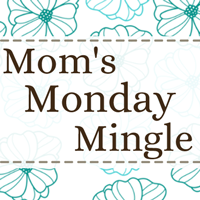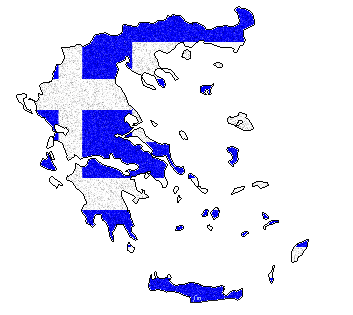On Megali Pempti (Holy Thursday) the Greek Orthodox remember the Last Supper and the Betrayal of Christ. On this day we commemorate the institution of the Sacrament of Holy Communion. During the Last Supper, Christ blessed the bread and wine with the very words that Catholic and Orthodox priests use today to consecrate the Body and Blood of Christ during the Mass and the Divine Liturgy.
On Holy Thursday's evening liturgy, church services include a symbolic representation of the crucifixion and a cross with the figure of Christ on it is carried in a procession around the church, while the beautiful hymn 'Today he … is hung upon the tree …' is chanted. Afterwards the altar is stripped bare and all bells in the church become silent until the Gloria at the Easter Vigil on Holy Saturday. The period of mourning begins.
Easter preparations reach a climax on Holy Thursday when eggs are dyed red and the traditional Easter bread, tsoureki, and Easter biscuits, koulouria, are baked.
Traditionally the eggs are dyed red to represent the blood of Jesus that was shed on the cross for the redemption of all humankind. From ancient times, the egg has been a symbol of the renewal of life and the message of the red eggs is victory over death.
Here's a photo of my red eggs this year. I had only one egg that cracked during boiling (out of 50) and the secret is: a) lay a cloth at the bottom of the pot, b) lay the eggs in the pot and let them boil at a medium heat, slowly, and c) add a handful of salt in the water, it hardens the shell. Don't rush the boiling!
Baking the tsoureki (Easter sweet bread) is a time-consuming task as it involves yeast and that means hours of waiting for the dough to rise, then creating the braided bread and waiting again to rise, etc. The taste, though, is well worth the trouble!
Then, we bake the Easter biscuits (which I make all year round, my kids love them and they accompany coffee better than anything else!) I will post my recipe shortly!
After having done all that, we prepare our Easter baskets that we will distribute to relatives and friends.
Along with our home baked koulouria (biscuits) and Easter eggs, we include little chocolate eggs and bunnies, etc. The tsourekia are usually wrapped separately. Little kids also receive big chocolate eggs!















































No comments:
Post a Comment